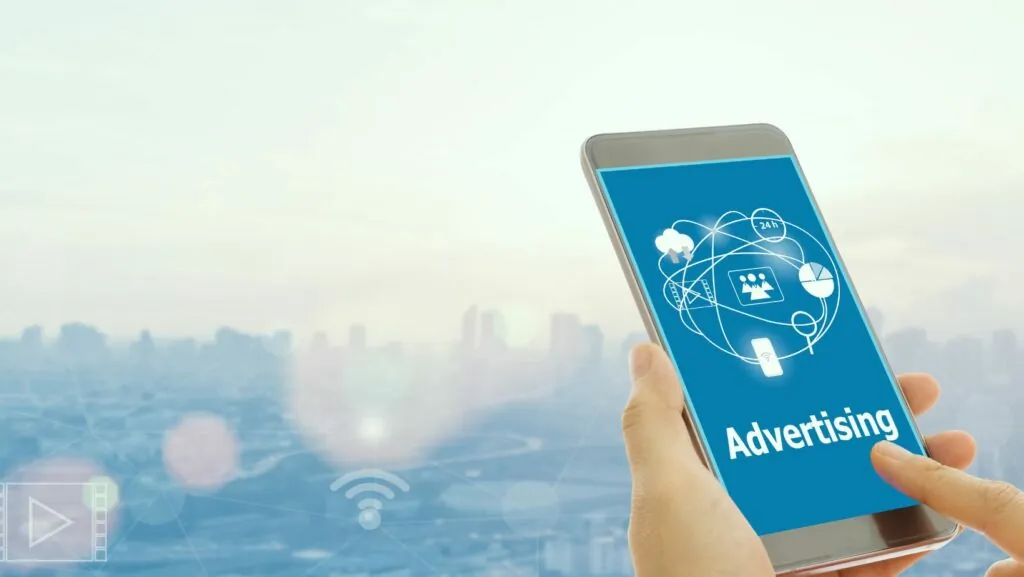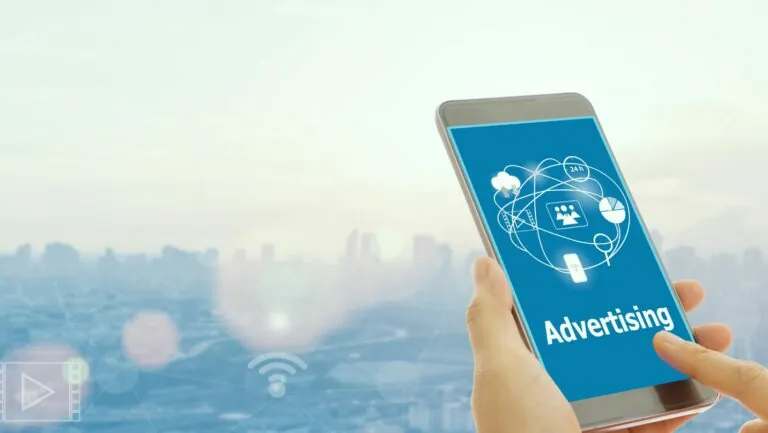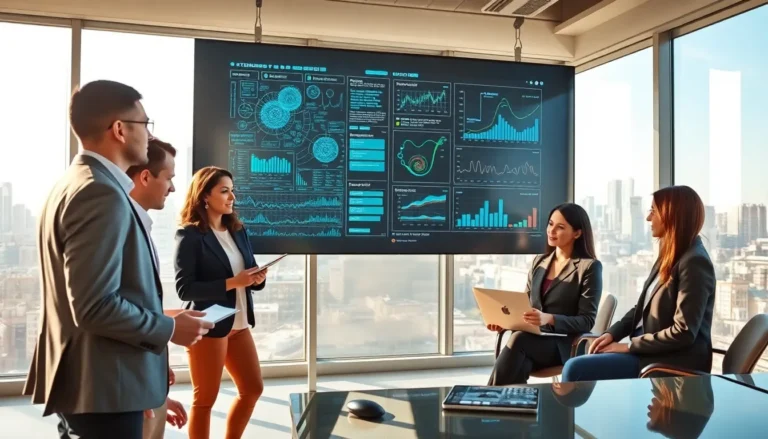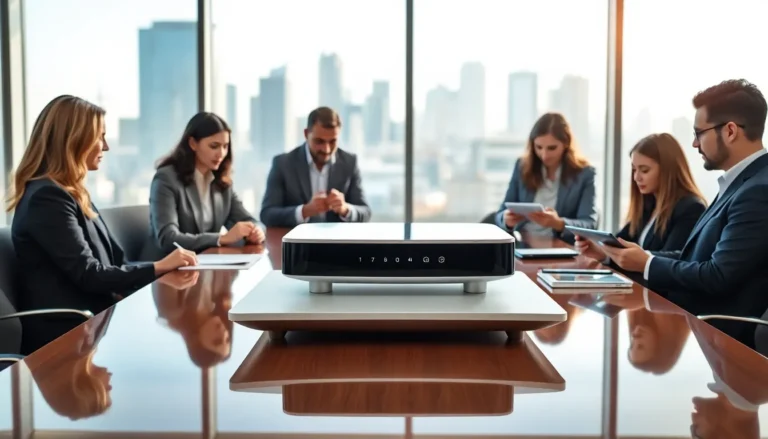Table of Contents
ToggleIf you want to reduce wasted ad spend, increase conversions, and consistently outperform your competitors, mastering Google ad optimization is essential in 2025. With smarter bidding algorithms, AI-driven creatives, and tighter competition, optimizing your campaigns is no longer optional it’s the key to profitable growth. Whether you’re a marketer, small business owner, or performance strategist, this guide will walk you through everything you need to know to optimize Google Ads efficiently and effectively.
Before diving into the tactics, here’s a quick Google Ads Optimization Checklist summarizing the most critical actions every advertiser should implement.
Google Ads Optimization Checklist (2025)
| Optimization Area | Key Actions | Goal |
| Campaign Structure | Segment campaigns by intent, location, and match type. | Increase relevance & control |
| Keyword Optimization | Add negative keywords, review match types, and refine keyword clusters. | Reduce wasted spend |
| Ad Copy Optimization | Test new headlines & CTAs; use dynamic keyword insertion. | Improve CTR & ad quality |
| Bidding Strategies | Switch to Smart Bidding or Target ROAS based on data volume. | Maximize ROI with automation |
| Landing Page Optimization | Align landing page with ad message; test load speed and CTA visibility. | Boost conversion rate |
| Ad Extensions | Use sitelinks, callouts, and structured snippets for higher ad rank. | Improve ad visibility |
| Performance Tracking | Connect GA4 & Conversion Tracking; analyze via dashboards weekly. | Ensure data-driven decisions |
| Creative Testing | Use A/B testing and responsive search ads. | Identify best-performing combinations |
| Quality Score Monitoring | Review CTR, ad relevance, and landing page experience regularly. | Lower CPC & improve ad delivery |
What Is Google Ad Optimization?
Google ad optimization is the process of improving your Google Ads campaigns to achieve better performance metrics—like higher CTR (Click-Through Rate), lower CPC (Cost-Per-Click), and increased ROAS (Return on Ad Spend).
It involves ongoing adjustments to campaign structure, targeting, ad creatives, bids, and landing pages to ensure every dollar spent drives measurable business results. In short, optimization is how you turn Google Ads from a cost center into a profit engine.
Modern optimization combines both manual strategy and AI-driven automation, leveraging tools like Performance Max (PMax) and Smart Bidding to enhance campaign efficiency.
Why Google Ad Optimization Matters in 2025
The digital landscape has evolved. Competition for ad visibility has intensified, and Google’s machine learning models now analyze hundreds of signals per auction. Without structured optimization, even strong campaigns can underperform.
Optimizing your ads ensures:
- Better visibility through improved Quality Scores.
- Lower CPC due to higher relevance and better CTR.
- Higher conversion rates via audience alignment.
- Smarter budget allocation driven by data insights.
Simply put: optimizing Google Ads means spending smarter—not more.
Step-by-Step Process to Optimize Your Google Ads Campaigns
Let’s break down the core elements of successful Google ad optimization step by step.
1. Audit Your Campaign Structure
A well-organized account improves targeting precision and simplifies management.
- Separate campaigns by location, intent, and network (Search vs. Display).
- Use single keyword ad groups (SKAGs) or tight keyword clusters for clarity.
- Label campaigns logically for easier performance tracking.
2. Refine Your Keyword Strategy
Keyword optimization is the foundation of better ROI.
- Add negative keywords regularly to prevent irrelevant clicks.
- Mix broad match, phrase match, and exact match strategically.
- Use keyword clustering tools or AI platforms to group by semantic intent.
Tip: Use Google’s Search Terms Report weekly—it’s your data goldmine.
3. Improve Ad Copy and Creative Performance
Your ad text determines whether users click or scroll past.
- Focus on benefit-driven headlines rather than features.
- Include a clear call-to-action (CTA) like “Get Started Today” or “Free Trial.”
- Test Responsive Search Ads (RSAs)—they adapt automatically to audience intent.
Pro insight: Include emotional triggers (“Save time,” “Boost profits,” “Grow smarter”) for a more human connection.
4. Use Smart Bidding Strategies Wisely
In 2025, manual bidding is nearly obsolete.
Switch to Target CPA, Target ROAS, or Maximize Conversions strategies depending on your data size and goals.
Smart Bidding uses Google’s machine learning models to adjust bids in real time, factoring in device, time, audience, and location. However, don’t let automation run wild—review weekly to ensure it aligns with business KPIs.
Boost Ad Quality and Relevance
Your Quality Score (QS) influences both CPC and ad placement. Focus on these three areas:
- Expected CTR – Improve through better ad copy and emotional language.
- Ad Relevance – Match ad text tightly to search intent and keyword group.
- Landing Page Experience – Ensure page speed, mobile responsiveness, and consistent messaging.
A Quality Score of 8+ typically reduces CPC by up to 30%, giving your ads a competitive edge.
Optimize Your Landing Pages for Conversion
A brilliant ad means nothing if the landing page fails.
- Keep the message consistent with your ad headline.
- Optimize for mobile devices—most Google Ads clicks now come from mobile.
- Use clear CTAs, short forms, and fast loading times (under 2.5 seconds).
- Test variations with A/B or multivariate testing.
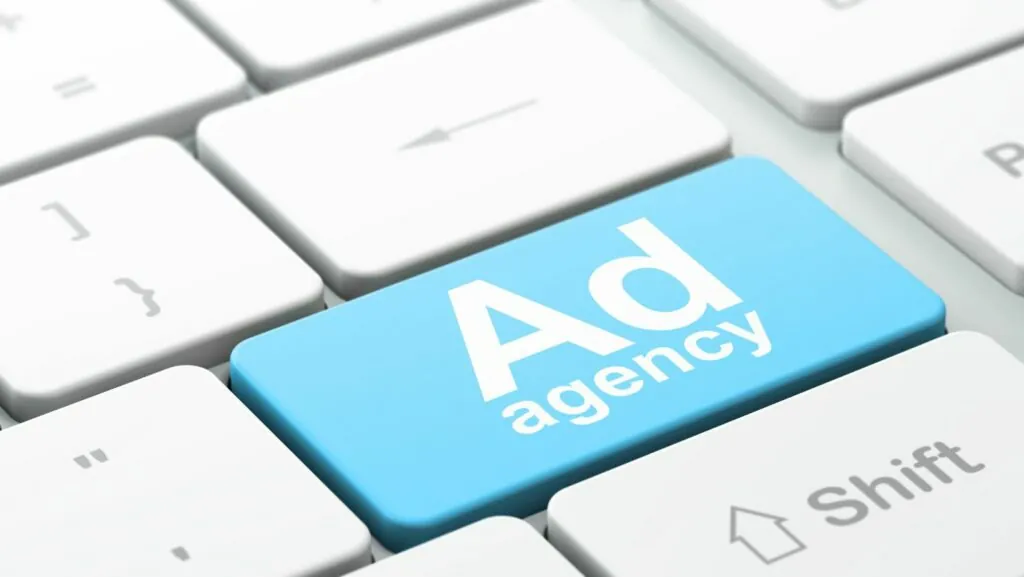
Pairing optimized ads with conversion-ready pages can double your ROAS.
Advanced Tools for Google Ad Optimization
In 2025, AI-driven tools simplify campaign management and insight discovery. Leading options include:
- WASK Optimize – Automates ad performance improvements using AI scoring.
- Optmyzr – For advanced rule-based and custom script automations.
- Google Ads Editor – Ideal for bulk edits and offline campaign management.
- Semrush PPC Toolkit – For competitive keyword and ad performance insights.
- Adalysis – For automated A/B testing and Quality Score analysis.
Using these tools, marketers save hours weekly and unlock data patterns hidden in spreadsheets.
Common Mistakes to Avoid in Google Ad Optimization
Even experienced advertisers make avoidable errors:
- Ignoring negative keyword lists, leading to wasted clicks.
- Relying solely on automated bidding without oversight.
- Neglecting conversion tracking, making optimization data-blind.
- Overcomplicating campaign structures, confusing Google’s algorithm.
- Failing to test new creative variations regularly.
Remember optimization is a continuous process, not a one-time fix.
Final Thoughts: The Continuous Cycle of Google Ad Optimization
The best marketers treat optimization as a loop not a task. Audit, test, analyze, and refine constantly. Use AI tools like WASK Optimize or Google’s built-in automation, but always pair them with human insight.
By following this Google Ads optimization checklist, you’ll ensure every click counts — driving not just traffic, but meaningful business growth.

